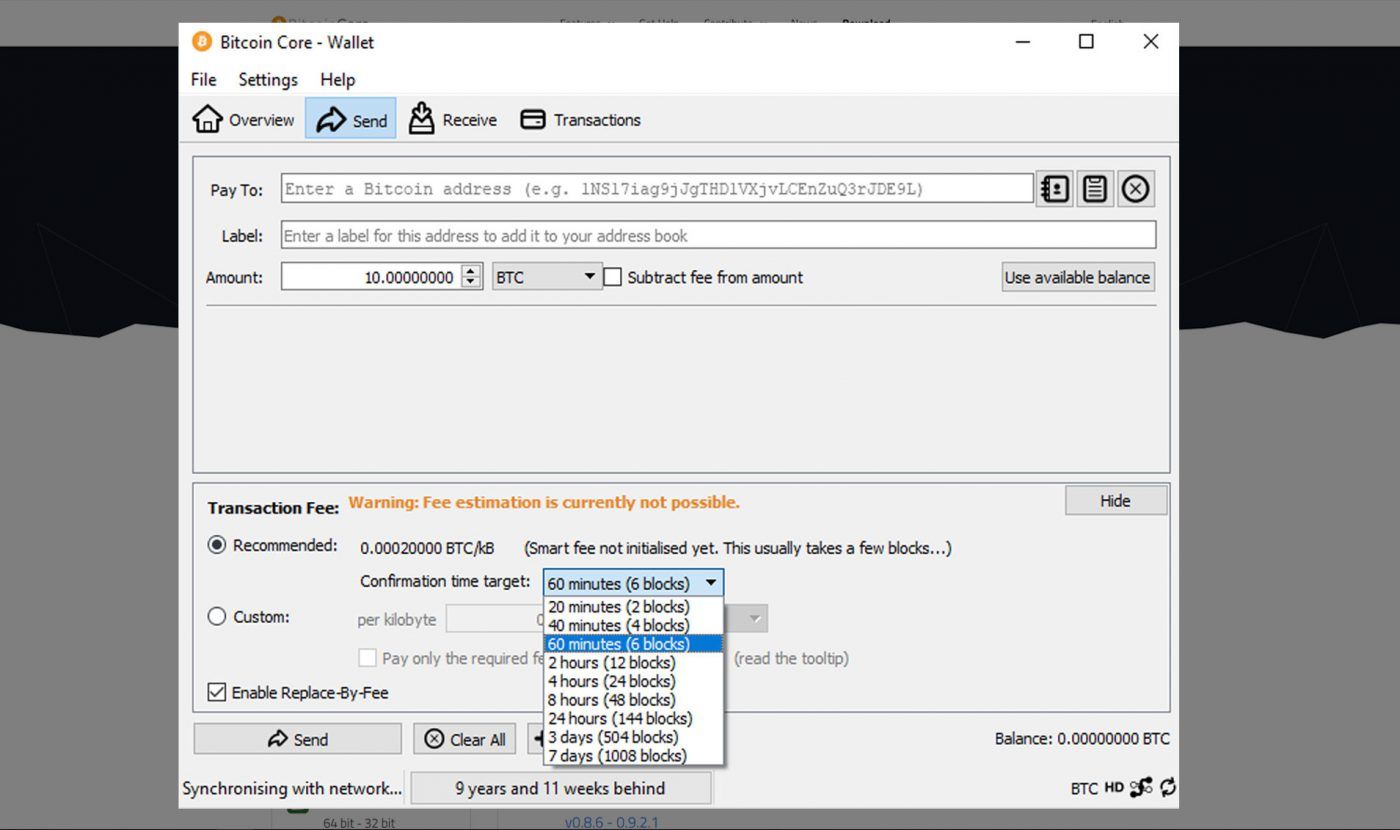

Sparrow will attempt to connect to Bitcoin Core. Once you have configured Sparrow to match your Bitcoin Core setup, you’re ready to test the connection.Ĭlick Test Connection. Instead of authenticating via a cookie, you will need to select the User/Pass button and enter the username and password you configured in nf earlier. You will then need to configure the URL in Sparrow to match the IP address of the Bitcoin Core machine (the same IP you used in nf). If you are connecting to Bitcoin Core on another machine, make sure you have configured Bitcoin Core correctly as described above.

onion address in the URL.īut, it will use the proxy for all other external addresses, such as fetching exchange rates or using Whirlpool.Īlthough connecting to Bitcoin Core over Tor is possible, it is fairly slow.Ĭonsider using a private Electrum server instead if you need to connect over Tor. Sparrow won’t use the proxy to connect to Bitcoin Core unless you specify a. If you have changed the data folder for Bitcoin Core, be sure to select that folder now. Sparrow will connect on localhost (127.0.0.1) using the default port, and authenticate by retrieving the cookie file that Bitcoin Core writes to the data folder every time it starts up. The good news is that with a local setup and the default configuration, you should be ready to go! Open the Preferences dialog and select the Server tab. Once your node has synced, you are ready to connect Sparrow Wallet. If you are still busy syncing your node, it’s best to wait until this is done, as you won’t have a complete ledger yet so Sparrow won’t be able to find your transactions. You can now restart Bitcoin Core to take advantage of the new configuration.
#Bitcoin core review full


 0 kommentar(er)
0 kommentar(er)
